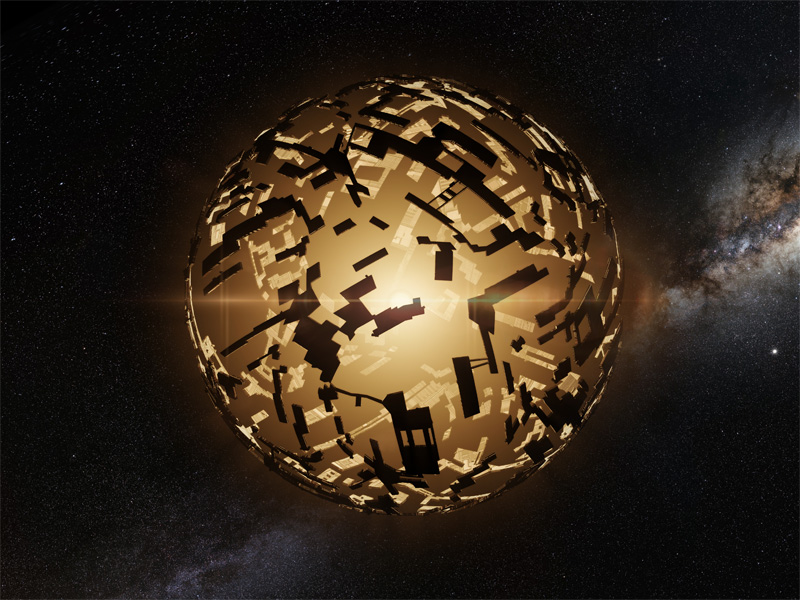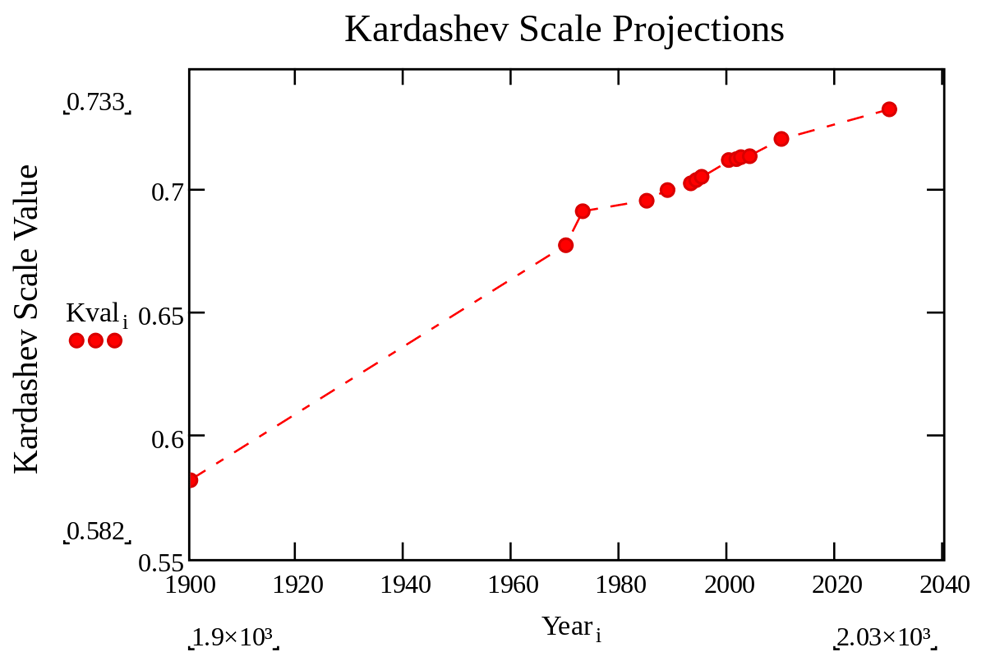
5th August 2019 Nikolai Kardashev, 1932-2019 Russian astrophysicist and SETI pioneer, Nikolai Kardashev – an inspiration to many in the futurist community – has died aged 87. Kardashev graduated from Moscow State University in 1955, before going on to complete a PhD in 1962. The following year, he studied CTA-102, a quasar located 8 billion light years away, the first Soviet effort in the search for extraterrestrial intelligence (SETI). During these observations, he proposed that the then-unidentified radio source could be evidence of an alien civilisation. Follow-up studies in 1965 showed the object's radio emission to be varying. This caused a worldwide sensation when announced publicly – but the idea of an advanced alien race was later rejected, when the radio source was identified as one of the many varieties of a quasar. The incident became one of the two great false alarms in the history of SETI, the other being the discovery of pulsars, which are rotating neutron stars. Alongside his observations of CTA-102, Kardashev developed a way of classifying alien civilisations, based on their level of available energy. His system described three levels – Type I, II and III, expanding through many orders of magnitude: • Type I civilisations would capture and harness all available energy on a planet • Type II civilisations would capture and harness all available energy from a star • Type III civilisations would capture and harness all available energy from an entire galaxy
In 1971, Kardashev organised a Soviet-American conference on Communication with Extraterrestrial Intelligence (CETI), at Byurakan Observatory, Armenia, attended by his U.S. counterpart, Carl Sagan. In 1994, he became a full member of the Russian Academy of Sciences. In 2014, his work in astrophysics was recognised when he received a national scientific award in Russia known as the Demidov Prize. He died on 3rd August 2019, aged 87. More than 50 years have passed since the Kardashev Scale was authored, but it remains hotly debated and of particular interest to the futurist community in terms of forecasting humanity's progress. Estimates vary, but most calculations give a ballpark figure of around 0.73 for our current level of development. Looking to the future (and barring a catastrophe), it can be shown that our civilisation will reach Type I in the next 200 years or so – and possibly sooner – meaning we can harvest essentially all of the solar, wind, hydro, geothermal and other forms of energy on Earth. Additionally, we will attain full control over the oceans, weather systems and even geological processes, allowing us to prevent earthquakes and volcanic eruptions, for example. Achieving this milestone would likely require globe- or continent-spanning technologies, such as a vast shield or lens in orbit to capture incoming sunlight, or a series of megaprojects to stabilise tectonic plates. In the more distant future, humanity may achieve Type II status, by constructing a so-called Dyson sphere (pictured above) or other hyper-large structure in our Solar System. This would surround our Sun and capture all of its outgoing energy, ten orders of magnitude greater than Type I. Extrapolating our progress on the Kardashev scale, this may occur by the early 4th millennium. Even further into the future, Type III status could be achieved, though it may take up to a million years. If the rate of progress continues, our descendants will have colonised the entire Milky Way galaxy and its hundreds of billions of systems, utilising the energy from every star. A network of wormholes could allow instant travel from one end of the galaxy to the other – and perhaps even to neighbouring galaxies. We can barely imagine what sort of civilisation and society will exist by then, though it may resemble something like the Culture novels of Iain M. Banks, in which godlike "Minds" rule over the less advanced and less sentient races. Biological humans as we know them today might no longer exist, with every individual person having uploaded or transitioned to a computational substrate or even pure energy. A Type III civilisation would have 10 orders of magnitude greater energy than Type II, and 20 orders of magnitude greater than Type I. Since the original scale published by Nikolai Kardashev, further expansions have been suggested. A hypothetical Type IV civilisation would control or use the entire Universe and Type V would control the entire multiverse (if such a thing exists).
Comments »
If you enjoyed this article, please consider sharing it:
|








